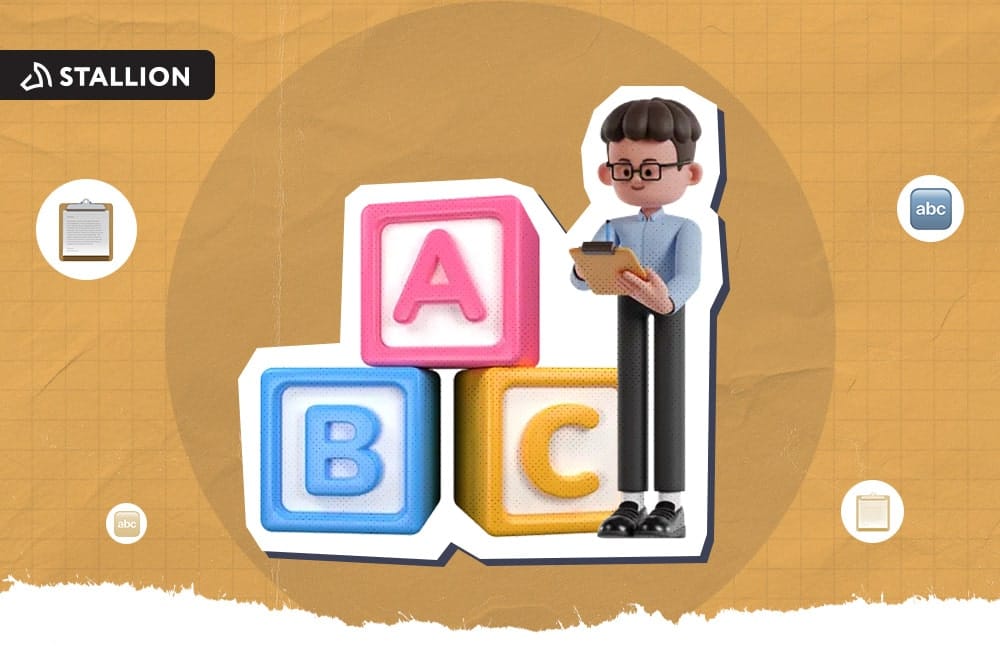
If you are new to the business, understanding specific shipping and mailing terms can make transactions easier and more efficient. It will also help you find your brand's most reliable shipping partner. This is highly important considering the rapid growth of eCommerce.
You might wonder whether you need a shipping or mailing service. This article will discuss the basic eCommerce shipping terms, which can help you for a lifetime.
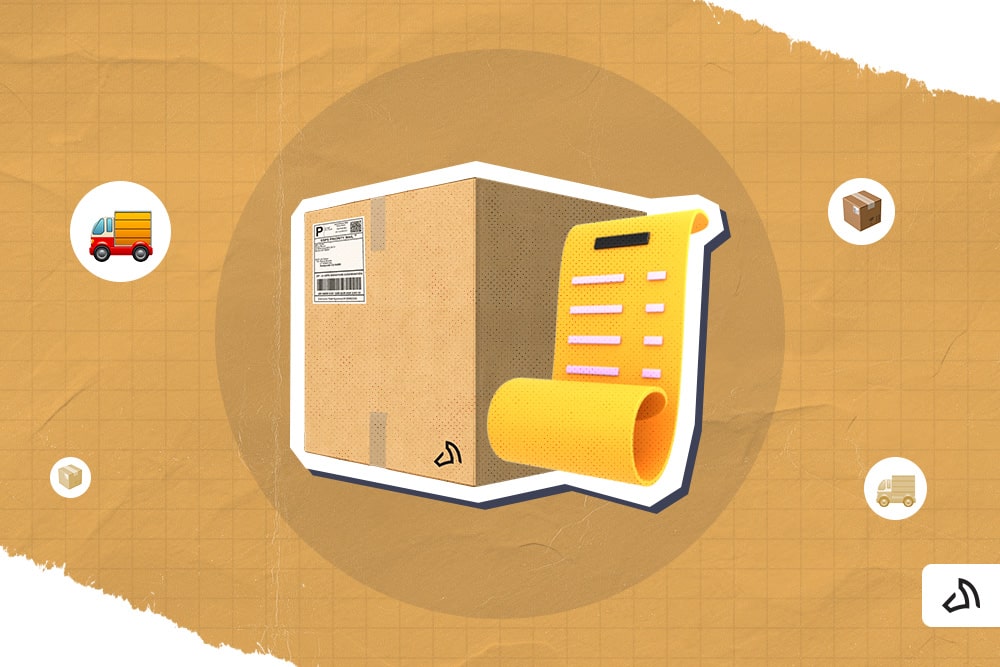
Let us dive into the essential vocabulary every online business owner needs to know.
Advice of Shipment is a document or notification that tells the person receiving the box or envelope that it has already been sent out for delivery. It typically includes details such as:
This helps both parties to keep track of the shipment and prepare for its arrival.
The Bill of Lading is a file listing all the items in the shipment. It includes the origin, the final destination, and the chosen shipping option. This document also provides information such as the name of the shipper and receiver, as well as all the stops along the way.
The delivery person usually carries this paper with them to ensure all items in the shipment get to the right place at the right time. It's crucial because it helps keep track of everything and ensures everyone knows what's happening.
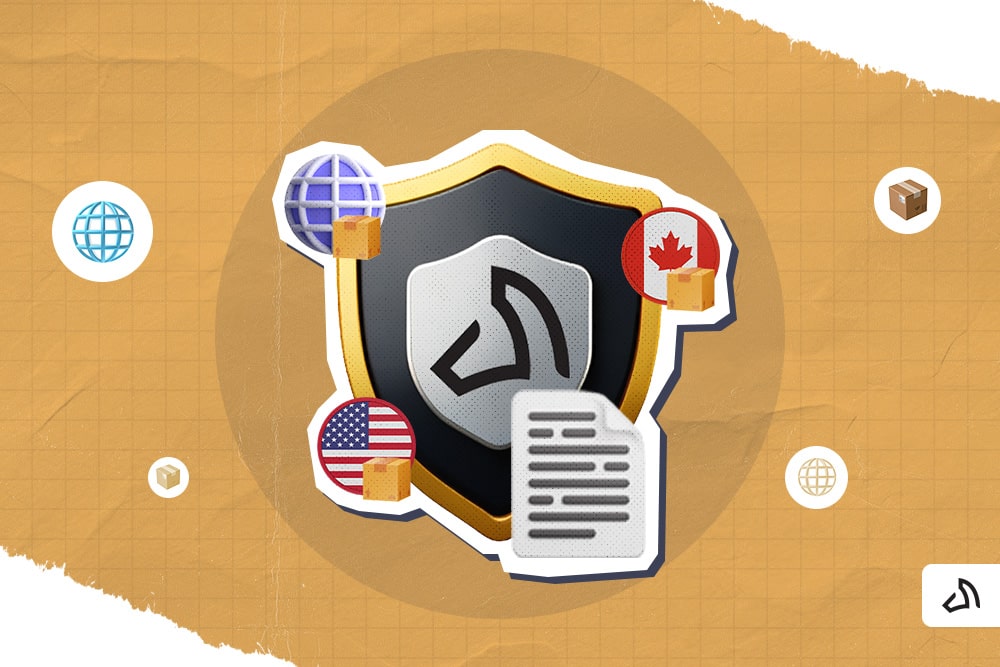
There's always a risk when sending something through shipping, such as orders. While it rarely happens, it might still get lost, damaged or stolen along the way. Thus, shippers need to have coverage protection.
It is a shipping insurance that protects the items if something goes wrong during the shipment. So, let's say you're sending clothing or cosmetics to the customer. If you buy coverage protection and something happens to the order, you can make a claim and get reimbursed for the item's value.
Imagine you have an item for international shipping. Delivery Duty Paid (DDP) means you will handle all the fees and taxes of getting the item to the receiver's delivery address.
So, instead of having the customer worry about extra costs like customs duties when the delivery arrives, you will pay for that beforehand. With DDP, the seller sorts out the rest, ensuring your package gets to you without additional fees or hassle.
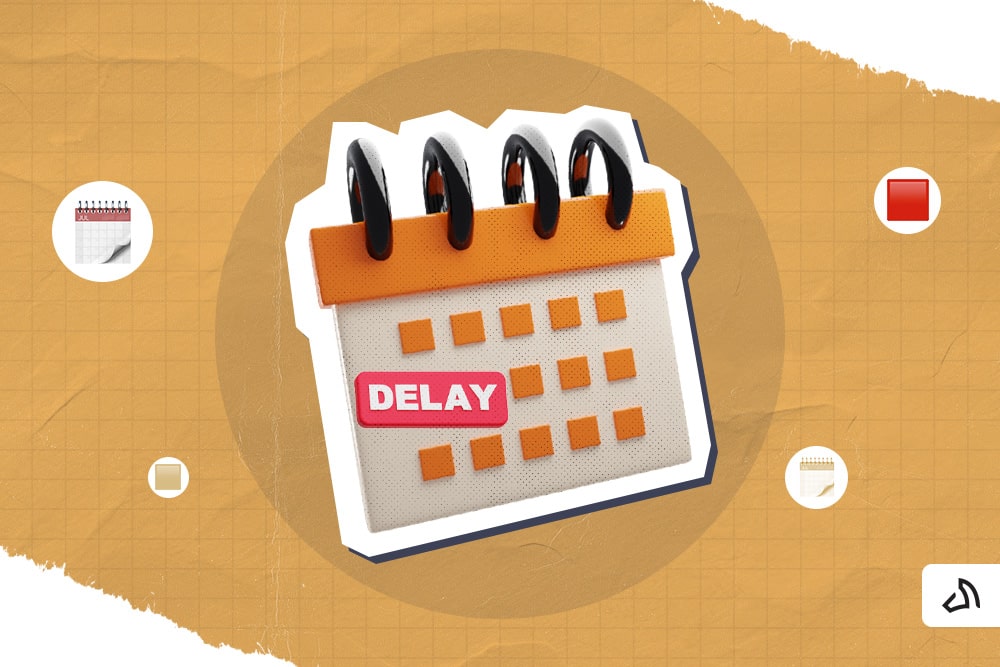
The Estimated Time of Arrival (ETA) is the approximate calculation of when the customer will receive their order.
The shipping services will provide their best guess about when the package will reach its destination. They will base their estimation on factors like
However, just like how you might hit traffic on your way to meet your friend, unexpected things can happen during shipping that might cause delays. So, while the ETA gives you an idea of when to expect your package, it's not always 100% accurate.
The Free Trade Agreement (FTA) affects international shipping. When countries make an FTA, they agree to reduce or remove taxes and other barriers on the goods they trade with each other.
It's like creating a special zone where shipping packages from those countries requires no extra charges.
For example, Canada has several FTAs compared to other countries. Some of the notable ones are the:

Hazardous materials are also known as dangerous goods. These could be chemicals, gases, flammable liquids, or even certain types of batteries.
When shipping these items, there are special rules and regulations to ensure they don't cause harm to people, property, or the environment. These items should have the correct shipping labels and proper packing materials. Additionally, there's a certain way to transport these items to reduce the risk of accidents.
Hazardous materials need extra care and attention when they're being shipped to ensure everyone stays safe.
Unlock Competitive Advantage with Stallion
When the packages are "In Transit," they are on their way to the recipient's delivery address but haven't reached their destination yet. It's moving through the shipping network to reach its final destination.
So, when you see the status of packages saying "In Transit," it just means it's still on the move, making its journey to you or whoever it's being sent to.
In shipping, "methods" refer to the different ways or options for sending your orders from one place to another.
Each of these is a different method of transportation. Similarly, in shipping, you have different methods or options depending on factors like
Some common shipping methods include:
These are just a few examples of shipping methods, and the best one for you will depend on your specific needs and preferences.
A national postal service delivers mail and shipments within a country's borders. The government operates the shipping process in the post office, ensuring efficient, reliable, and affordable postal services to individuals and businesses nationwide.
This includes sending letters and parcels and providing additional services such as registered mail, express delivery, and package tracking.
Canada's national postal service is Canada Post Corporation, commonly known as Canada Post. It provides many postage services, including mailing services, parcel delivery, and international shipment.
It also offers additional services such as money transfers, bill payment, and retail services through its network of post offices and online platforms.
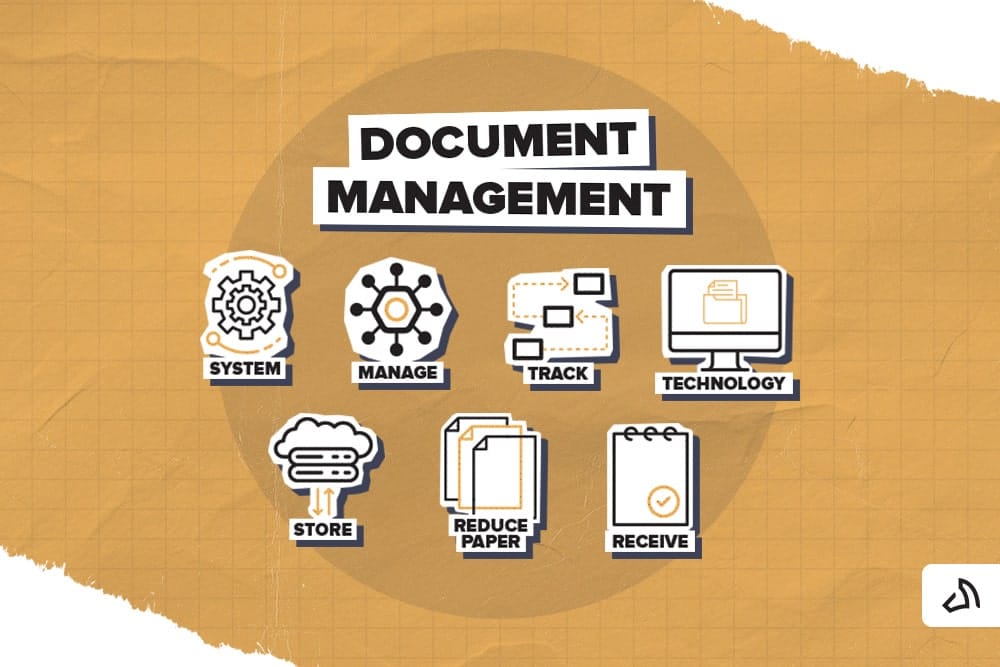
Online tracking is like a virtual map that tracks packages when sent until they reach the customer's doorstep. It lets you see where your package is and when to expect it to arrive. So, if you send orders online, you can use this tool to check their progress. You will also know if your customer has received the packages or if there are issues during shipment.
Profit margin is the money you get to keep after you've sold something. However, it is more than just that. For example, you sell lemonade. It costs you $1 to make a cup, and you sell it for $2; your profit margin is $1.
It's the difference between what you spend to make something and what you earn from selling it. If you're using a flat rate for pricing—like always charging $2 per cup regardless of other variables—then maintaining a healthy profit margin becomes even more important. So, the higher your profit margin, the more money you make for each item you sell.
In an online business, a quota is the target or limit set for specific activities or outcomes.
For example, an online store might set a quota for its sales team, telling them they must sell a certain number of products each month. Or a company might set a quota for the number of website visitors it wants to attract in a week. It's a way to track progress and motivate people to reach specific goals online.
A return policy in eCommerce shipping is like a set of rules explaining what customers can do if they're unhappy with what they bought online. It's like a store saying, "If you don't like it or it's not what you expected, here's what you can do."
A good return policy might let customers return the item for a refund or exchange it for something else. This rule is, of course, within a specific timeframe and under certain conditions. It's there to ensure people are satisfied with their online shopping experience.
A surcharge in eCommerce shipping is an extra fee that gets added to your bill for specific reasons. It's like paying extra for special handling or services. For example, if the customers want to receive the order faster than usual, the shipping company might add a surcharge to cover the additional costs.
The same goes when they need to deliver to remote or far-flung locations. So, there is an extra charge for the regular shipping fee in certain circumstances.
Tariffs and taxes are fees you must pay when buying things from another country.
A tariff is a tax imposed by a government on goods imported from other countries. If you buy something abroad, the government might charge you a tariff, making it more expensive.
Taxes, on the other hand, are charges imposed by the government on goods or services within the country. For example, when you buy something locally, like a shirt or a pair of shoes, you'll often pay sales tax on top of the purchase price.
Tariffs and taxes help the government raise money, regulate trade, and sometimes protect local industries.
In eCommerce shipping, variable costs are the expenses that change depending on how much you ship.
Imagine you run an online store. Every time you ship a package, you must pay for packaging materials, postage, and maybe even insurance. These costs are different for some packages. They vary depending on factors like the size and weight of the package, the shipping speed you choose, and the destination.
So, variable costs in eCommerce shipping are the costs that go up or down based on how much shipping you do and the specific details of each shipment.
A waybill is like a ticket for your package when shipped from one place to another. It's a piece of paper or an electronic document that has all the essential information about your shipment, like:
The waybill travels with your package and helps the shipping company track it until it reaches its destination. It's like a passport for your parcel!
While the terms are often used interchangeably, there are some critical differences between mailing and shipping services:
So, in short, mailing is often used for smaller items and letters through postal services, while shipping is for more oversized items or packages through private couriers or shipping companies, with more options and services available.

Stallion is a strong possibility for your shipping needs, especially if you're in Canada. Here's why Stallion might be a good fit:
Here's the guide to find the estimated cost:
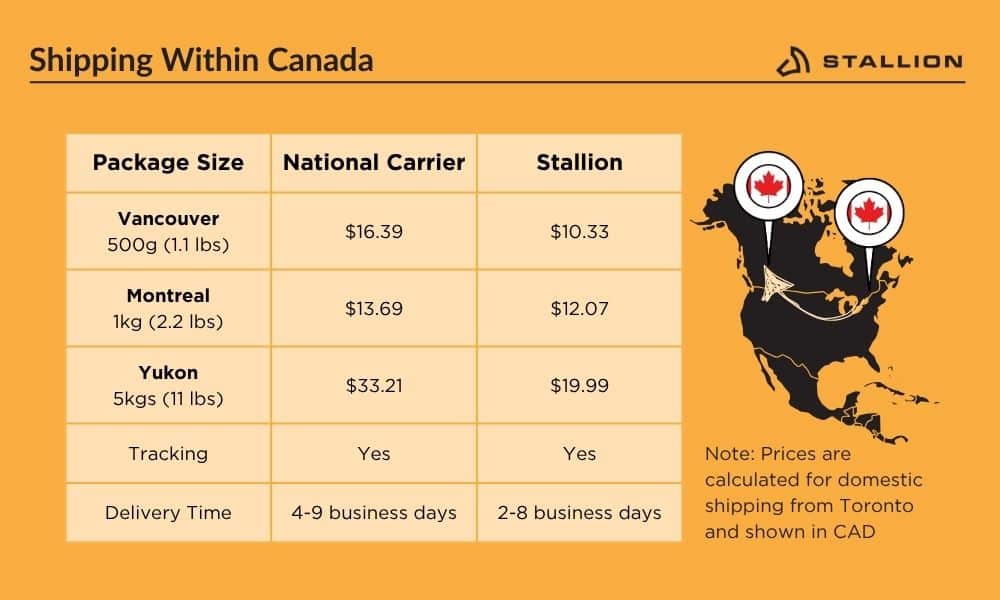
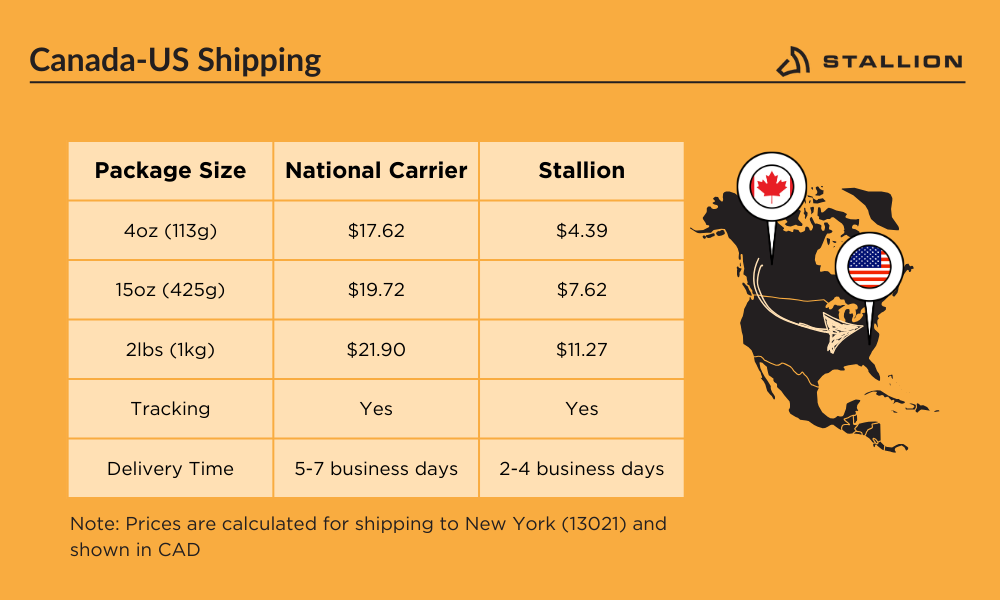
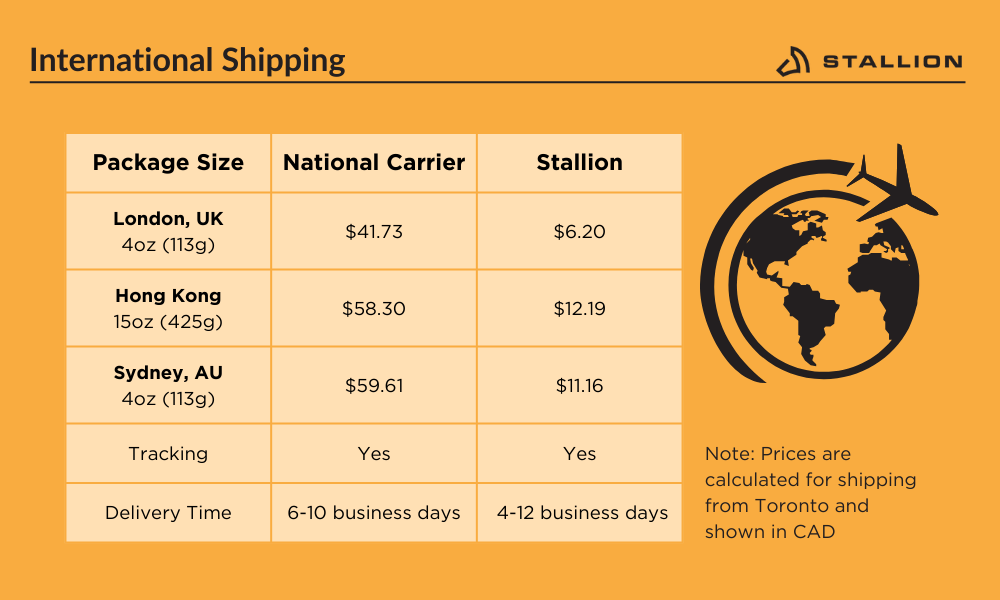
In wrapping up our discussion, we've covered the important words used in the eCommerce and logistics world. These terms aren't just fancy words.
They are essential for understanding the movement of goods around the world. So, whether you're a small business owner or just sending a package to a friend, knowing these terms helps you make smart choices.
As we finish this discussion, remember that shipping is always changing. Staying up-to-date on these terms will keep you in control and help your shipments arrive safely and on time without breaking the bank.
Consider Stallion if you want a reliable shipping partner to help you understand the complex terms! Not only do they offer the cheapest service, but they also deliver the packages at a faster speed. They can also assist you in improving your business and expanding your brand!
Aman looks after the content marketing department at Stallion Express. He is passionate about helping businesses grow by providing informative and up-to-date trends in the eCommerce industry. Outside the office, you can find him on the soccer field cheering on Real Madrid.
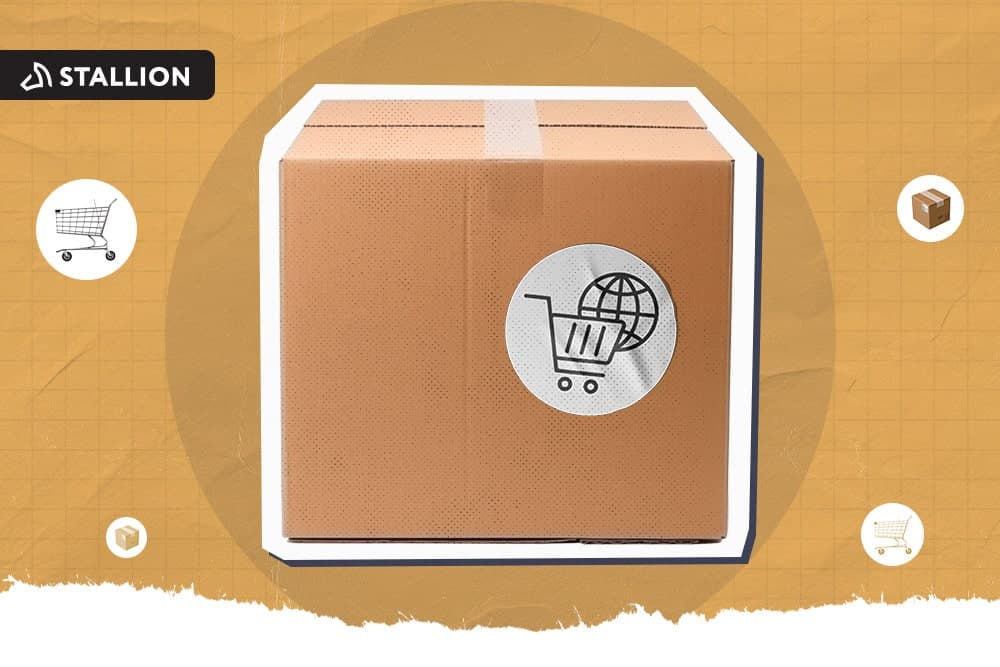
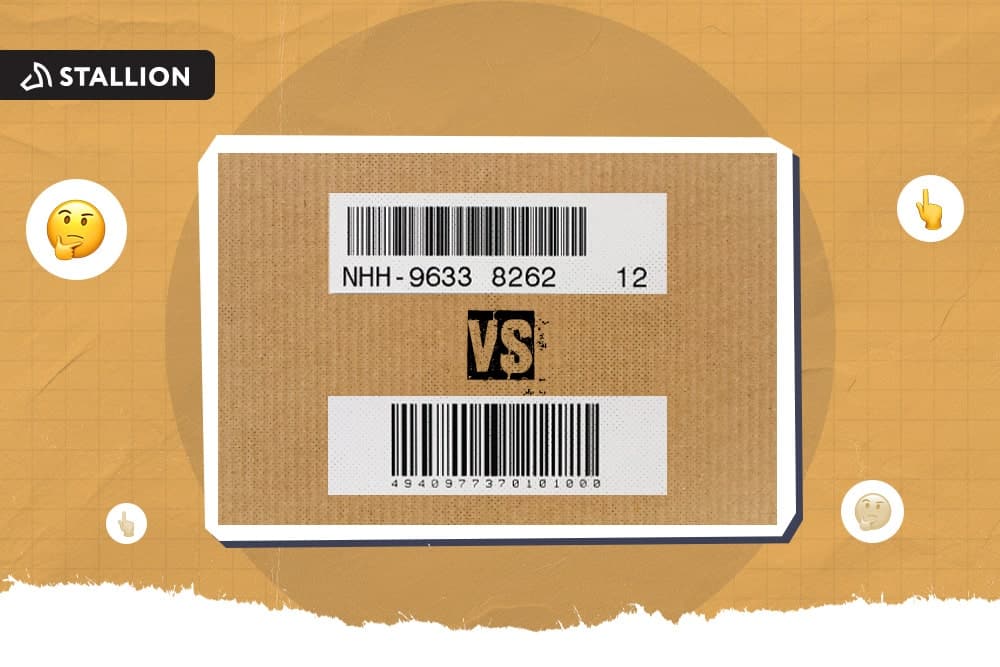
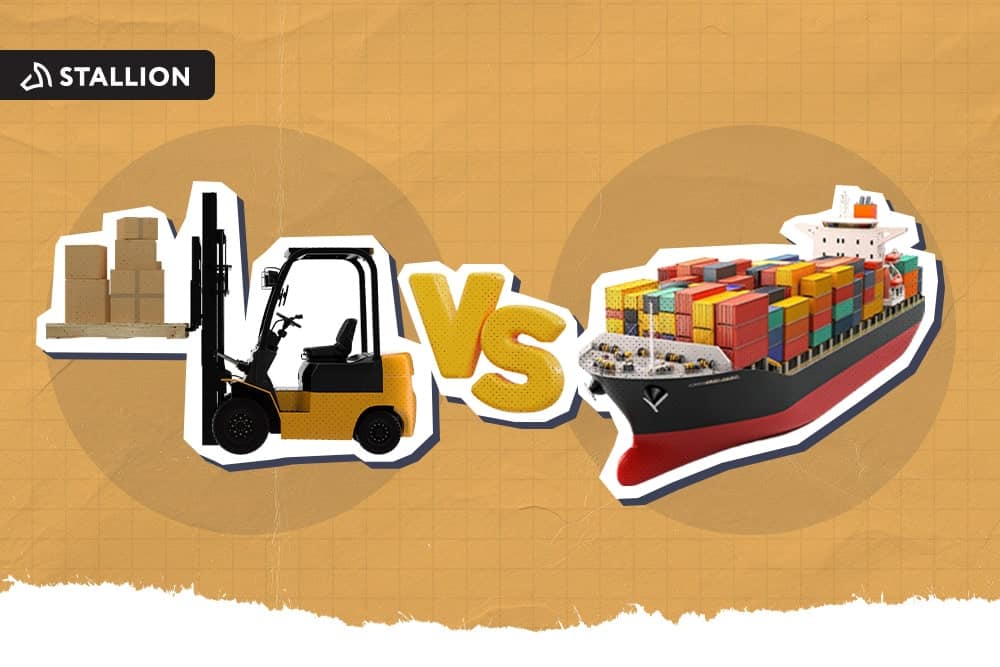
Can our fellow Torontonians relate?
-
#smallbusiness #business #entrepreneur #socialmedia #shipping #ecommerce #canadianecommerce #shopify #poshmark #b2b #saas #etsy #ebay #canada #canadiansmallbusiness #shoplocalcanada #entrepreneur
#toronto

Here’s your quick hassle free shipping from 🇨🇦 to 🇺🇸 as a business owner!
-
Any questions?! Leave them 👇🏻 and save this video so you don’t forget!
-
#smallbusiness #business #entrepreneur #socialmedia #shipping #ecommerce #canadianecommerce #shopify #poshmark #b2b #saas #etsy #ebay #canada #canadiansmallbusiness #shoplocalcanada #entrepreneur

Meet @drinkbenny a 🇨🇦 female founded energy drink brand! Instead of focusing on their products, they’re taking a unique approach by hosting in person events in different Canadian cities to offer an experience for their community 🧡
-
What are your thoughts on in person events? 💭
-
#smallbusiness #business #entrepreneur #socialmedia #shipping #ecommerce #canadianecommerce #shopify #poshmark #b2b #saas #etsy #ebay #canada #canadiansmallbusiness #shoplocalcanada #entrepreneur

Do you know the difference between DDU and DDP when shipping internationally 🌏 ?
-
Questions? Leave them below! 👇🏻
-
#smallbusiness #business #entrepreneur #socialmedia #shipping #ecommerce #canadianecommerce #shopify #poshmark #b2b #saas #etsy #ebay #canada #canadiansmallbusiness #shoplocalcanada #entrepreneur

Here’s a quick hack to save time from choosing multiple postage options
↪️ Turn on the lowest postage rate automation to save you time!
-
Questions? Leave them below! 👇🏻
-
#smallbusiness #business #entrepreneur #socialmedia #shipping #ecommerce #canadianecommerce #shopify #poshmark #b2b #saas #etsy #ebay #canada #canadiansmallbusiness #shoplocalcanada #entrepreneur
